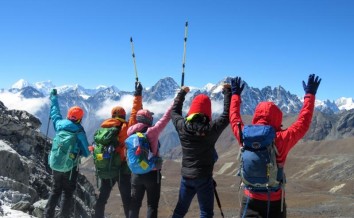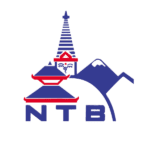Mera Peak Climbing Highlights
-
Conquer the Mera Peak climbing trail, Nepal's highest trekking peak, at an altitude of 6461 meters above sea level.
-
Get exciting and eye-soothing views of different mountains, including Everest, Lhotse, Makalu, Cho Oyu, and Kanchenjunga.
-
A chance to pass the remote Hinku Valley and spend a night in a tent at Mera High Camp (5,780 meters).
-
Delve deep into the Sherpa culture, traditions, and lifestyle in several villages, where prayer flags flutter and ancient monasteries whisper religious tales.
-
A scenic drive will kickstart the trekking journey to Mera Peak.
-
A chance to explore deep into the biodiversity inside the Makalu Barun National Park.
-
Opportunity to spot precious animals of this Himalayan region like Red Panda, Snow Leopard, Himalayan Black Bear, Wild Yak, Blue Sheep, Musk Deer, Golden Jackal, Red Fox, and more.
-
A perfect way to prepare yourself for any other high-altitude peak climbing and expedition.
Mera Peak Climbing Overview
Plan your Mera Peak Climbing adventure for 2025 or 2026 with our expert-guided itineraries and affordable cost details. Discover the best seasons, preparation tips, and booking options for Nepal’s highest trekking peak. Just imagine yourself standing at an altitude of 6,461 meters above sea level, watching some of the most exquisite views of the mountains. Sounds amazing, right? Well, that's exactly what the Mera Peak Climbing package offers the trekkers. Well, it's not just a regular trek, it's an outstanding chance to explore a unique and authentic culture, walk past some vibrant and untouched valleys. Besides, if you plan to go for any other peak climbing packages in Nepal, the Mera Peak trek stands as the best way to prepare.
The Mera Peak Trekking map is also best known for offering some outstanding views of five 8000-meter peaks. These peaks include Everest, Lhotse, Makalu, Cho Oyu, and Kanchenjunga. Starting with a drive from Kathmandu to Ramechhap, followed by a scenic flight to the Tenzing-Hillary Airport (Lukla). After that, we begin the walk on the Mera Peak trekking route. Passing through several Sherpa villages like Panguam, Cholem Kharka, Khare, etc, while crossing several ascents and descents, we make our way to the Mera Peak. Sitting inside the Makalu Barun National Park, the Mera Peak also helps you delve deep into the Tibetan Buddhist religion's fusion with Nepali Sherpa tradition.
Though not a completely technical trail, this trek demands an outstanding level of physical fitness and mental preparation. Also, the Mera Peak Trekking package is organized with strategically planned by the expert. Throughout this outstanding peak trekking journey, the trail also goes through moderate to challenging ascents. As a whole, this peak trekking trail stands as a perfect choice for anyone looking for an adventurous walk into the Himalayan region of Nepal.
Permits for the Mera Peak Climbing
If you want to go for the Mera Peak Climb, you must obtain three different permits:
-
Makalu Barun National Park Permit: required to enter the national park where Mera Peak is located.
-
Nepal Mountaineering Association (NMA) Permit: Essential for peak climbing packages.
-
Trekkers' Information Management System: For the authorities to gather information for emergencies.
As you book the Mera Peak Package with Nepal Unique Treks & Expeditions, our local authorities will assist you in obtaining these permits. However, for your information, these permits can be obtained from the Nepal Mountaineering Association's Kathmandu office.
Mera Peak Climbing Package Cost for 2025 and 2026
Are you excited to go for the Mera Peak Climbing adventure? Before you confirm your booking, we recommend that you understand the cost. For the most affordable and reasonable cost for the Mera Peak Climbing package in 2025 and 2026, choosing Nepal Unique Treks & Expeditions is certainly the best option.
However, various factors can affect the Mera Peak Climbing package. Therefore, we recommend that you check out the pricing table for better insights:
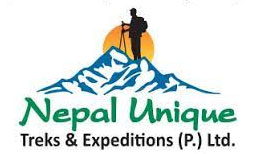
 WhatsApp
WhatsApp  Plan Your Trip
Plan Your Trip





.jpg)



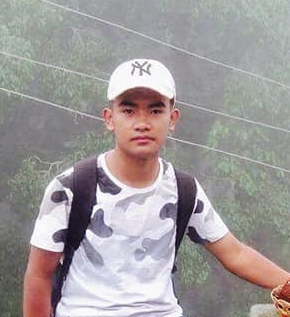



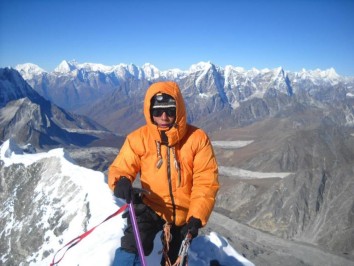
 US$2450
US$2450 
.jpg)



